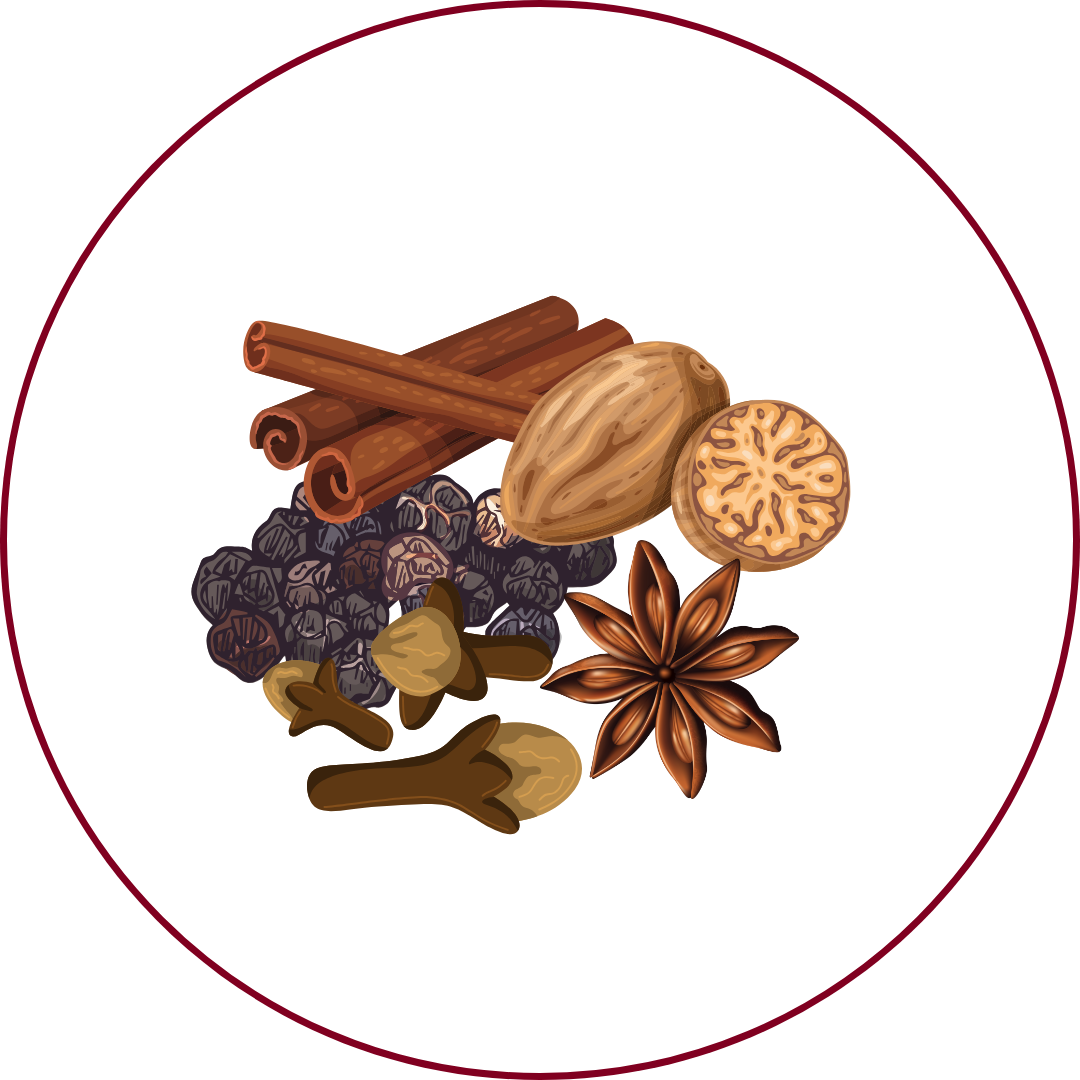Grape Variety
Freisa
"FRAY-sah"
Wine Styles
 Sparkling
Sparkling Light White
Light White Full White
Full White Aromatic
Aromatic Rosé
Rosé Light Red
Light Red Medium Red
Medium Red Full Red
Full Red Dessert
DessertAbout Freisa
Origin
Piedmont, Italy
History
Freisa is a red Italian wine grape variety grown primarily in the Piedmont region of northwest Italy, particularly in Monferrato and the Langhe, with historical mentions dating back to the early 16th century. It has a parent-offspring relationship with Nebbiolo, the grape behind Barolo and Barbaresco wines. Freisa was once widely planted in Piedmont and played a significant role in the region's wine production.
Appearance
Round, blue-black berries forming elongated clusters.
Growing Traits
Freisa is a vigorous and productive vine, typically harvested in early October. It is adaptable to various soil types and climates, making it a popular choice among growers in Piedmont. The grape's versatility allows for the production of a range of wine styles, from still to sparkling, and from dry to sweet.
Wine Characteristics
Body
3/5
Sweetness
2/5
Tannin
4/5
Acidity
5/5
Alcohol
3/5
Medium-bodied with a vibrant and aromatic profile, showcasing its fresh red fruit flavors and floral notes. Typically dry, though semi-sweet and sparkling versions exist, highlighting its versatility. Moderate to high tannin levels, providing structure and aging potential. High acidity, contributing to its freshness and ability to pair with various dishes. Moderate alcohol content, typically ranging between 11% and 13%, ensuring balance and drinkability.
Taste Profile

Strawberry

Raspberry

Violet

Herbal

Spice
Freisa wines are characterized by fresh and vibrant flavors of strawberry and raspberry, complemented by floral aromas of violet and subtle herbal and spicy notes. The high acidity provides a crisp and refreshing finish, making it a delightful choice for those seeking a lively and aromatic red wine.
Food Pairing
Freisa's high acidity and moderate tannins make it an excellent match for a variety of dishes. It pairs well with cured meats, pasta with tomato-based sauces, and grilled vegetables. The wine's versatility also allows it to complement traditional Piedmontese cuisine, such as agnolotti and bagna càuda.
Growing Regions

Italy
Piedmont (Monferrato, Langhe, Turin, Biella)
Notable Wines & Producers
Freisa di Chieri
Balbiano
Luca Ferraris
Freisa d'Asti
Giacomo Bologna Braida
Vietti
Freisa FAQ
Common questions about this grape variety
What is the origin of Freisa?
+
Piedmont, Italy
Is Freisa wine full bodied?
+
Freisa has a body level of 3 out of 5. Which means that Freisa is Moderate bodied.
Is Freisa wine dry or sweet?
+
Freisa has a dryness level of 2 out of 5. Which means that Freisa is Semi-Dry.
Where is Freisa wine from?
+
Piedmont, Italy
Where is Freisa grown?
+
Freisa is grown in Italy (Piedmont (Monferrato, Langhe, Turin, Biella)).
What is Freisa like?
+
Freisa wines are characterized by fresh and vibrant flavors of strawberry and raspberry, complemented by floral aromas of violet and subtle herbal and spicy notes. The high acidity provides a crisp and refreshing finish, making it a delightful choice for those seeking a lively and aromatic red wine.
What does Freisa pair with?
+
Freisa's high acidity and moderate tannins make it an excellent match for a variety of dishes. It pairs well with cured meats, pasta with tomato-based sauces, and grilled vegetables. The wine's versatility also allows it to complement traditional Piedmontese cuisine, such as agnolotti and bagna càuda.
What does Freisa taste like?
+
Freisa wines are characterized by fresh and vibrant flavors of strawberry and raspberry, complemented by floral aromas of violet and subtle herbal and spicy notes. The high acidity provides a crisp and refreshing finish, making it a delightful choice for those seeking a lively and aromatic red wine.
Take Freisa Knowledge with You
Access detailed grape profiles, tasting notes, and pairing suggestions on your iPhone.
Download on theApp Store